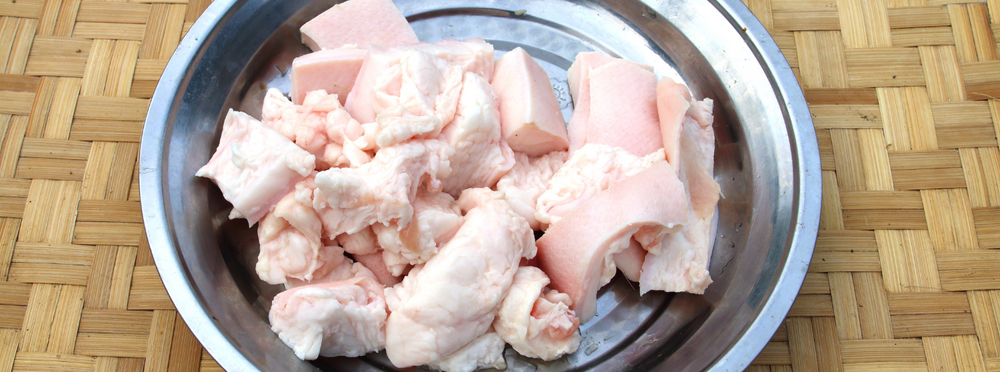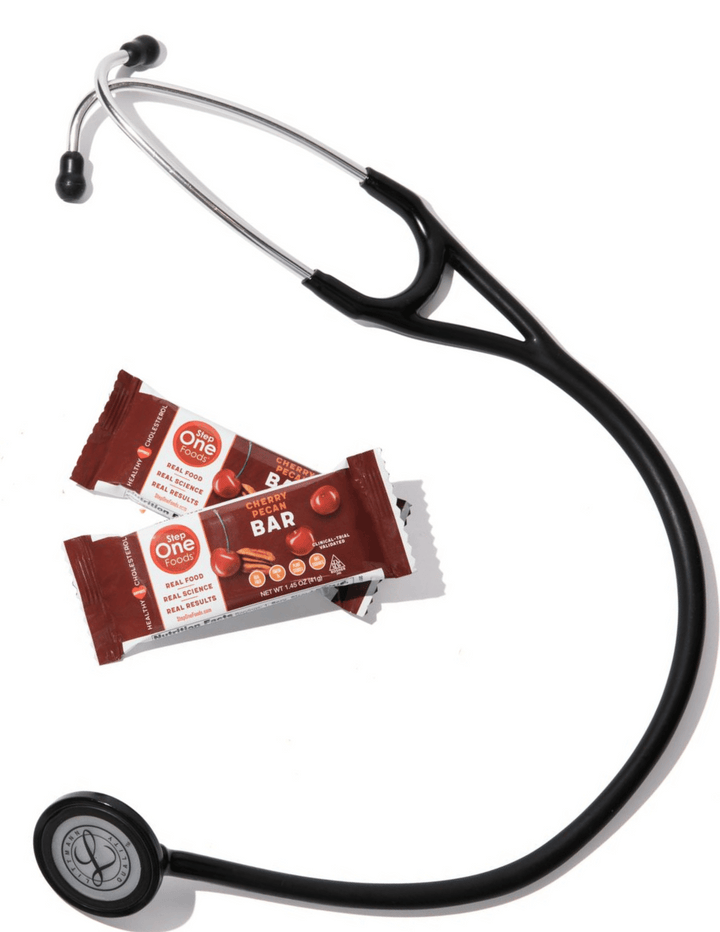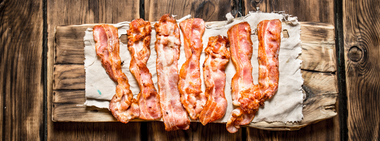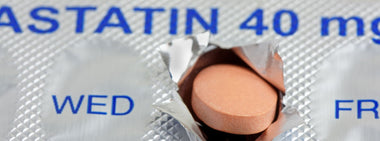Beef Tallow: Health Benefits, Risks, and the Truth Behind the Trend

Robert F. Kennedy, Jr, the Secretary of Health, has declared that beef tallow is healthier than seed oils and is encouraging food companies to use it preferentially. Restaurants like Steak ‘n Shake and Sweetgreen have already made the switch. Meanwhile, you can’t scroll through a social media feed without running across someone touting beef tallow’s benefits. From nutrition to skin care, this “ancestral fat” is definitely having its moment.
What Is Beef Tallow and How Is It Made?
Beef tallow is created by taking the fat that surrounds the internal organs of a cow and cooking that fat down. Beef tallow is stable both at room temperature and high heat, and until relatively recently, was the go-to fat for frying and baking. It’s also been used to make candles and soap.
When concerns around the health effects of saturated fats emerged in the 20th century, vegetable oils and margarines largely replaced beef tallow in industrial food production. Around the same time, rates of chronic disease and obesity rose, providing ammunition for beef tallow evangelists – especially within the keto, paleo and carnivore communities.
But as we learned from the seed oils blog series and my post on lectins, one data point does an open and shut case make.
Beef Tallow Nutrition Facts: Saturated Fat, Calories, and Vitamins
Beef tallow is made up of about 55% saturated fatty acids (SFAs), 40% monounsaturated fatty acids (MUFAs) and 5% polyunsaturated fatty acids (PUFAs). By comparison, canola oil is made up of about 5% SFAs, 65% MUFAs and 30% PUFAs. Tallow also contains fat-soluble vitamins (A, D, E, and K2), though in relatively small amounts.
With such a high percentage of SFAs, beef tallow is solid at room temperature and falls in the same nutritional category as butter, cheese, cream, lard and coconut oil.
Does Beef Tallow Raise Cholesterol and Heart Disease Risk?
Saturated fat can be a strong down-regulator of LDL receptors. If you’ve read some of my previous blogs, you already know that LDL receptor function is important for clearance of LDL from the bloodstream. In other words, if LDL receptor function is diminished, LDL levels go up. Sometimes way up. I have seen patients that go on a keto diet and end up with LDLs in ranges typically reserved for those with Familial Hypercholesterolemia!
But please don’t be fooled by claims that the high LDL you get by eating saturated fat is OK because LDL is now all “big” particles! A high LDL reading means that LDL particle number is still high, and particle size does not rescue you in that setting. Most importantly, if your LDL receptors are downregulated such that you’re not using the LDL for other functions, the only place that cholesterol can go is into artery walls.
And make sure you also ignore the rhetoric that some of the saturated fat in beef tallow is stearic acid and that makes it better. Stearic acid is a saturated fat found in high amounts in cocoa beans and chocolate and does NOT raise LDL cholesterol. However, beef tallow contains much less stearic acid compared to chocolate - and the rest of the saturated fatty acids in beef tallow DO raise LDL.
Beef Tallow, Fatty Liver, and Insulin Resistance: What’s the Link?
Like all fats, beef tallow is calorie dense, delivering 9 calories per gram. So over-doing it even modestly but consistently can get you into trouble… fast.Turns out saturated fat is especially good at accumulating in the liver – significantly more so than unsaturated fat.
Liver fat accumulation sets off a vicious cycle of metabolic changes that leads to insulin resistance. Which can lead to prediabetes and, eventually, type 2 diabetes. Liver fat accumulation can also damage the liver itself, causing fatty liver disease, a condition as serious as liver disease caused by chronic excess alcohol consumption.
Can Beef Tallow Cause Inflammation?
Although seed oils have been maligned for being pro-inflammatory, saturated fats – including beef tallow – also influence inflammatory pathways. Saturated fats have been found to “short circuit” immune cells, upregulate pro-inflammatory cytokines, and negatively affect the microbiome, all leading to a higher inflammatory load.
The Truth About Beef Tallow: Why Context Matters in Nutrition
Advocates of beef tallow and other saturated fats point to the relative absence of chronic disease in traditional societies with high animal fat consumption. However, these societies also:
-
Engaged in high levels of physical activity
-
Ate minimal processed food
-
Had overall balanced calorie intake
-
Ate a greater variety of foods in general, including various plants, leading to a more diverse microbiome
In other words, as I’ve noted before, we can never look at one nutrient or ingredient in isolation. We are complex organisms living in complex environments while consuming a complex mixture of foods. It’s not the beef tallow or the seed oils that is the problem. It’s the “with what” and “instead of what” that is the bigger concern.
Should You Eat Beef Tallow? The Bottom Line
Beef tallow is a real food, derived from natural sources. As such, it is not inherently toxic. However, it is NOT a “health food” nor the answer to all our ills. Context matters. Occasional beef tallow consumption may be benign as part of a nutrient-rich, calorie-controlled, plant-inclusive diet. (Need I say it? Eat food. Not too much. Mostly plants. Honestly, never gets old.) However, regular use in the setting of a nutrient-poor or calorie-excess diet poses real long-term health risks.
So much so that individuals favoring high beef tallow (or other saturated fat) consumption, should be regularly monitored with lab tests, including cholesterol, blood sugar, and liver function parameters.
And as far as RFK Jr. 's opinion – it’s just an opinion. Made by an individual who is not a healthcare provider or nutrition expert. Although I applaud his stance on food additives and ultra-processed foods, as someone who takes care of patients and witnesses what happens with various dietary approaches, I can say without hesitation that he doesn’t get everything right.
Oh – and in case you’re wondering whether you should put this stuff on your face, beef tallow acts like an occlusive barrier rather than a moisturizer. So, it won’t eliminate wrinkles outright although it might aid in the absorption of what you put underneath – like vitamin C serum or retinoic acid. But I suspect you won’t enjoy the scent! And if you are prone to acne, you might truly regret it.

Tested & Proven Results.
- Cardiologist formulated
- Supported by over 500 publications
- Clinically-proven, in a double-blind randomized trial with Mayo Clinic and The University of Manitoba
80% of participants lowered their cholesterol in just 30 days. With just two servings per day, Step One Foods offers a proven-effective way to naturally lower LDL (bad) cholesterol.
Get heart health tips and articles like this, delivered right to your email.
New articles every week.
You may also like...

The Next Super Food: How Pecans Help Lower Cholesterol

You don’t need to avoid foods with cholesterol…except for these



